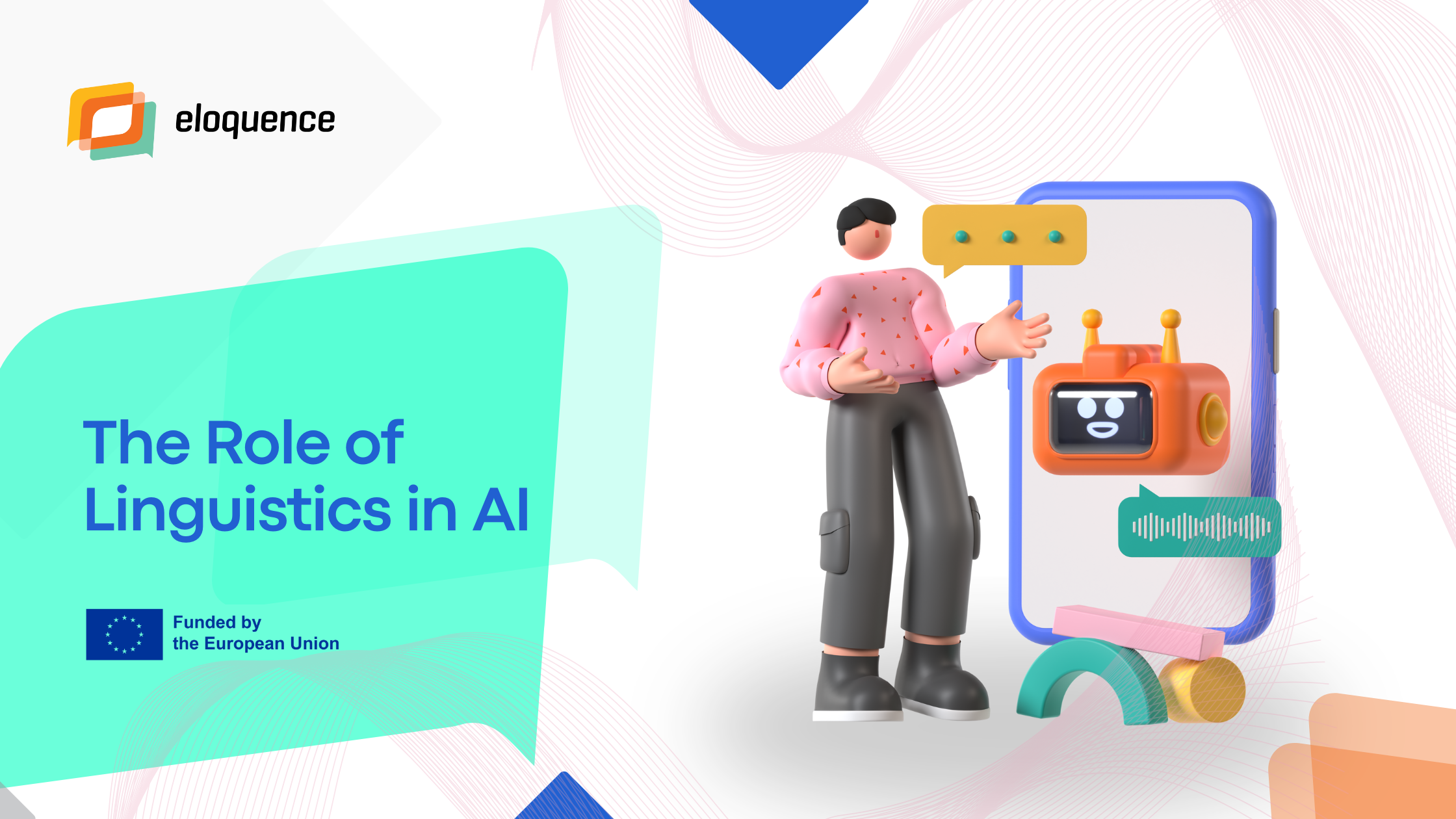Behind every smart assistant or language model lies a deep connection to linguistics. We could say that language is at the heart of artificial intelligence. This blog will help you better understand how four branches of linguistics (Formal, Cognitive, Functional and Computational) fuel the development of AI Technologies.
Formal linguistics: The structure of language
Formal linguistics studies the rules that govern language structure — syntax, morphology, phonology and semantics. This helps artificial intelligence build parsing systems and grammar checkers by modeling sentence structure with trees and rules.
Cognitive linguistics: Understanding meaning
Cognitive linguistics is a field that studies the relationship between language, cognition and the mind. It explores how humans mentally process and conceptualize language. In AI, Cognitive linguistics supports context-aware systems and meaning-based models by simulating human-like understanding.
Functional Linguistics: Language in Use
Functional linguistics focuses on how language operates in real-life communication, its purpose, tone, and adaptability. This is a linguistic approach that prioritizes the role of language in communication and social interaction. It focuses on how language is used, rather than just its formal structure, to achieve communicative goals and express meaning. It’s key for building AI that adapts to context, social cues, and conversational goals.
Computational linguistics: Bridging theory and practice
This field combines linguistic theory with computer science to process and analyze language at scale. It underpins machine translation, sentiment analysis, and large language models. Models like GPT are trained on vast corpora to generate fluent and coherent text.
ELOQUENCE AI: A Linguistically-Informed Language Model
The ELOQUENCE project exemplifies the integration of various linguistic disciplines in AI development and creates advanced conversational agents capable of operating in complex, multilingual environments. The project’s focus on ethical AI, bias mitigation and user-centric design demonstrates the practical benefits of this interdisciplinary approach.
Projects like ELOQUENCE illustrate how integrating different linguistic principles can lead to development of sophisticated, ethical and user-friendly AI systems. As AI continues to evolve, the collaboration between linguistics and technology will remain essential for creating intelligent systems that resonate with human communication.


